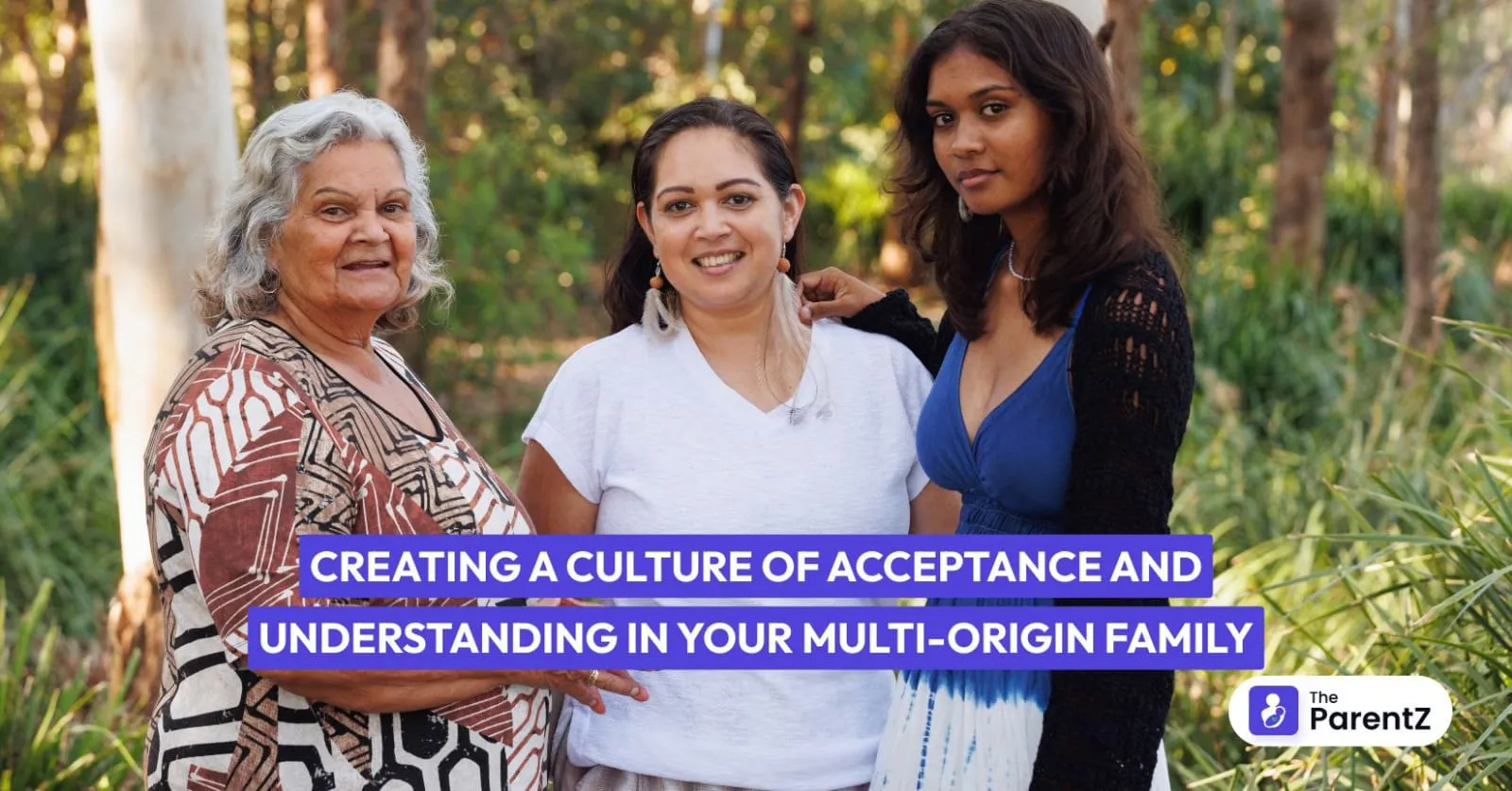Family dinner time. The table is set with kimchi next to pasta, while grandparents speaking different languages pass dishes around. Later, children might say goodnight in multiple languages before bedtime stories that blend traditions from across continents. This is the beautiful reality of multi-origin families, where cultures, backgrounds, languages, and heritages come together under one roof to create something extraordinary.
Whether you've married someone with a different cultural background, adopted children internationally, or your family spans multiple ethnicities or nationalities, you're creating something truly special. Your family isn't just existing between worlds—you're building an entirely new one together.
Living in a multi-origin family is a beautiful, enriching experience, but it also comes with its own unique set of challenges. So, let’s explore how to nurture a home where everyone's background is honored, differences are celebrated rather than merely tolerated, and your blended family thrives with a sense of belonging for every member.
Acknowledging Your Family's Beautiful Complexity
First things first – your family is special. That mix of backgrounds, traditions, and perspectives isn't something to downplay or ignore; it's something to celebrate! But before we can celebrate it, we need to acknowledge it.
Sometimes in our efforts to treat everyone equally, we might accidentally erase important parts of who they are. Start by simply acknowledging: "Yes, we have different backgrounds in this family, and that's what makes us awesome!" This opens the door to honest conversations.
Creating Your Family Culture – Together
Families who navigate this journey successfully often intentionally create their own unique family culture that incorporates elements from everyone.
Think of it like cooking a new dish. You're not just throwing random ingredients together and hoping for the best. You're thoughtfully selecting flavors that complement each other to create something delicious and new.
Some practical ways to do this:
- Have regular "culture nights" where you explore one family member's background through food, music, stories, or traditions
- Create new traditions that blend elements from different backgrounds
- Use a family calendar that marks important holidays and celebrations from all your cultural backgrounds
- Learn phrases in each other's languages, even if it's just simple greetings or terms of endearment
When everyone contributes to creating this new family culture, everyone feels valued and seen.
When Things Get Tough (Because Sometimes They Will)
Let's be real – even in the most loving families, misunderstandings happen. Add in cultural differences, and sometimes these misunderstandings can feel bigger than they really are.
So, when conflicts arise (and they will), pause and consider if cultural differences might be at play. Ask gentle questions like "I notice you seem uncomfortable when I do this – is there a different way you'd prefer we handle this?" This approach shows respect and creates space for understanding.
Helping Your Kids Navigate Their Multi-Origin Identity
For children in multi-origin families, figuring out who they are can sometimes feel complicated. They might wonder: "Where do I really belong?" or "Which part of my background is the 'real me'?"
Here's how you can support them:
Talk Openly About Identity
Have regular conversations about identity, making it clear that they don't have to choose one culture over another. Their identity can be both/and, not either/or.
"You're not half this and half that – you're 100% you, and that includes ALL your beautiful backgrounds," is a message kids need to hear.
Connect Them with Role Models
Help your children connect with people who share similar multi-cultural backgrounds. Seeing adults who have successfully navigated similar journeys can be incredibly affirming for children.
Give Them Language to Explain Their Background to Others
Kids often get asked, "What are you?" or "Where are you really from?" Help them prepare simple, confident responses that make them feel empowered rather than othered.
Address Prejudice Head-On
Unfortunately, your child might encounter prejudice or stereotyping. When this happens, validate their feelings, explain that the problem lies with the other person's limited understanding, and discuss constructive ways to respond.
Extending the Circle of Acceptance
The acceptance you nurture at home can extend outward. Encourage your children to be ambassadors of understanding in their schools and communities. This might look like:
- Volunteering to share aspects of your family's cultures during multicultural events at school
- Standing up for others who may be experiencing prejudice
- Being curious and respectful about other families' backgrounds
When children see that their multi-origin background gives them special insight into understanding others, it transforms what might have felt like a complication into a superpower!
Conclusion
Creating a culture of acceptance in your family isn't something you accomplish once and check off your list. It's an ongoing journey that evolves as your family grows and changes.
Some days you'll get it right, and other days you might miss the mark. That's okay! What matters most is that you're intentionally working to create a home where everyone feels they truly belong, exactly as they are.








Be the first one to comment on this story.